A Meadow Runs Through It: Natural Lands Projects on ESLC Easements
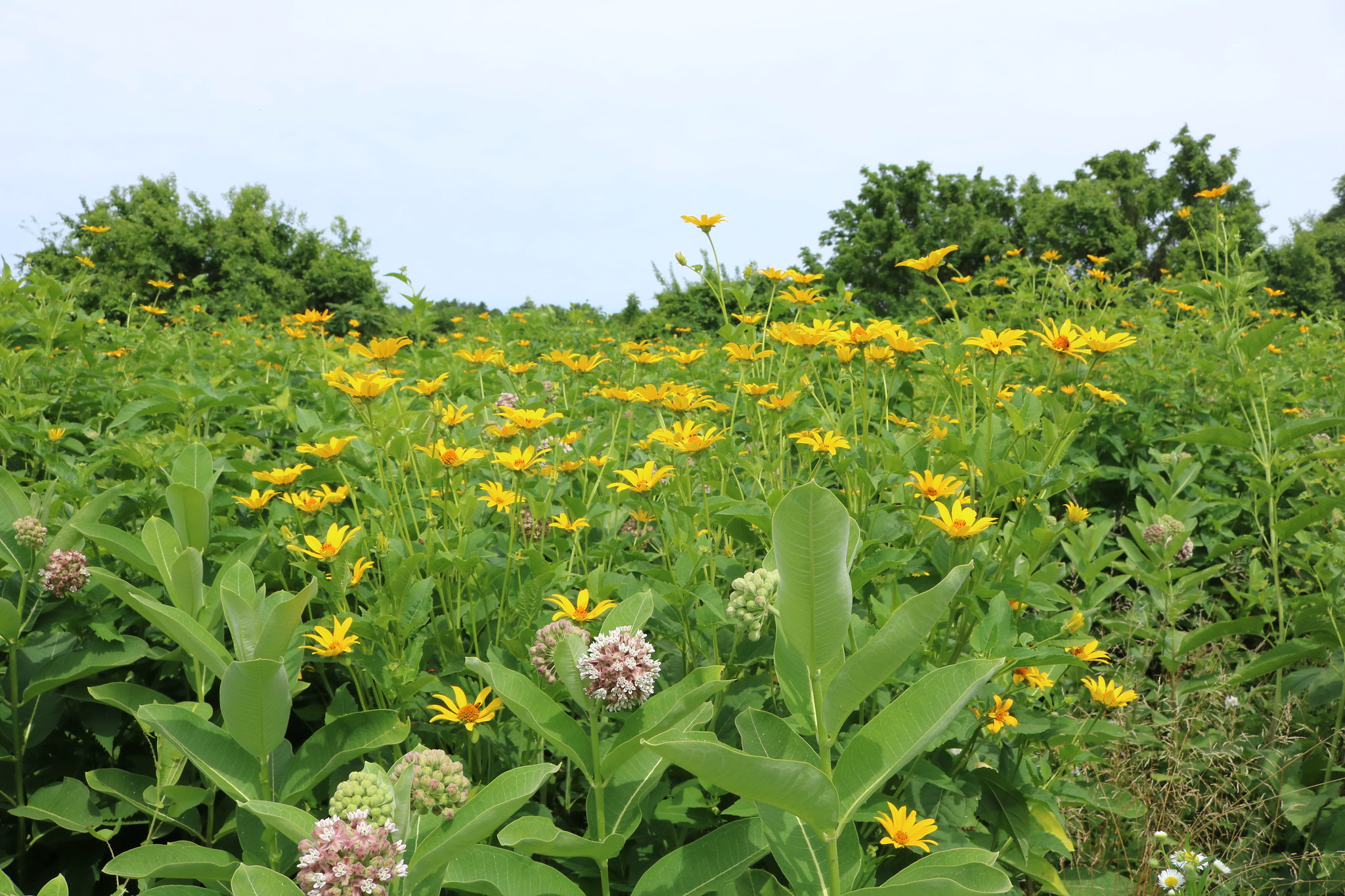
A wildflower meadow in bloom planted by the Natural Lands Project. Image: Dan Small
The Eastern Shore’s meadows are missing. Over hundreds of years they have been developed into homes, stores, parking lots, and highways. Some have become farms, some swamps, and some have been simply mowed down to the molehills, often erroneously seen as useless weeds. “The early successional habitat—meadow, grassland, shrub, scrub—is generally considered messy and unsightly but is a critical component of the landscape,” explains Washington College ecologist Dan Small. “It’s no surprise that most of the species that depend on that habitat are in decline.” Meadows, he continues, are areas that often tend to get cleaned up, and are more managed than a forest or a wetland, hence their further disappearance. But those taken-for-granted grasses and awkward tangled shrubs hide both beauty and benefits that affect our entire community.
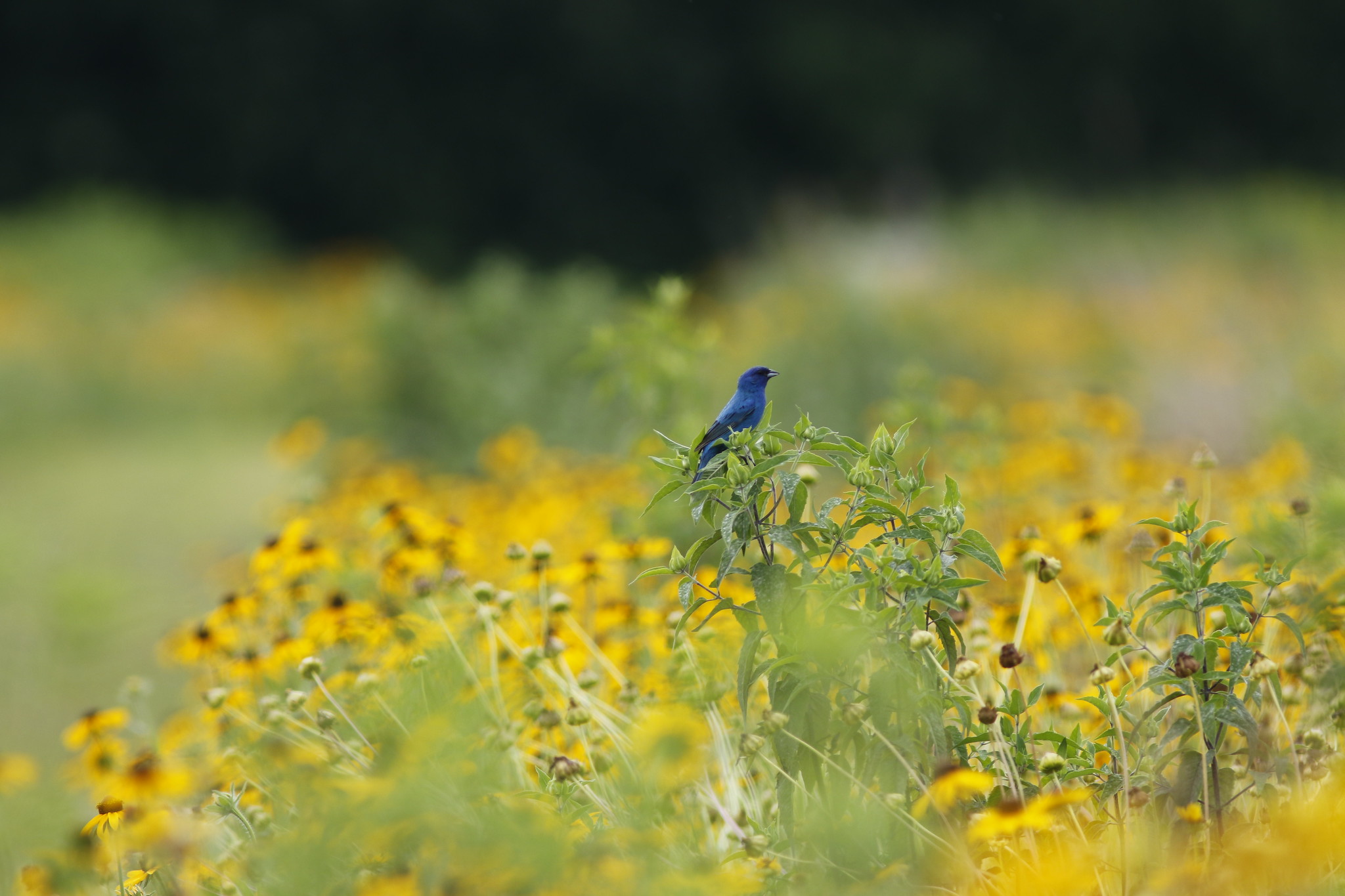
An indigo bunting in a Natural Lands Project meadow. Image: Dan Small
At Washington College’s River and Field Campus, the conservation of grassland has helped to recover Northern bobwhite quail populations and provided habitat for other declining bird species. Bill Harvey, the game bird section leader for Maryland DNR, has called the number of quail on the campus “unbelievable.” After years of successful management, the college’s Center for Environment and Society (CES) realized the greater potential their model could have if replicated off-campus on other public and private lands. In 2015, the Natural Lands Project (NLP) was born. Spearheaded by Small, the Natural Lands Project and their partners have now filled in the gaps of missing habitats on roughly 1,400 acres of working farmland, over 250 acres of those meadows were implemented on ten different properties protected by Eastern Shore Land Conservancy. Plantings are chosen based on soil type and landowner preferences, then maintained through mowing, monitoring, and controlled burns. Over the past eight years, these buffers and blocks of native shrubs, grasses, and wildflowers have flourished—improving farmers’ crop pollination, protecting waterways, creating new hunting opportunities, and restoring the bobwhite’s signature song to the Eastern Shore’s summer symphony.
When it comes to conservation, farms, forests, and wetlands steal the spotlight. Maryland has accomplished 85% of its goal to protect 1,030,000 acres of agricultural land by 2030. Despite the Supreme Court’s recent EPA ruling limiting federal protection of wetlands, Maryland’s broader state laws will continue to protect our waterways as the state upholds its “no net loss” of wetlands requirement. And a recent study commissioned by the Harry R. Hughes Center for Agro-Ecology found that, thanks to statewide conservation and restoration, Maryland is about to cross the threshold from net forest loss to net forest gain. ESLC has protected over 55,000 acres of farms, wetlands, and forests on the Eastern Shore. These are important pieces of our landscape and great successes to celebrate. But what about the habitats in-between? Have meadows and grasslands always been a part of the Shore? And why do they matter?
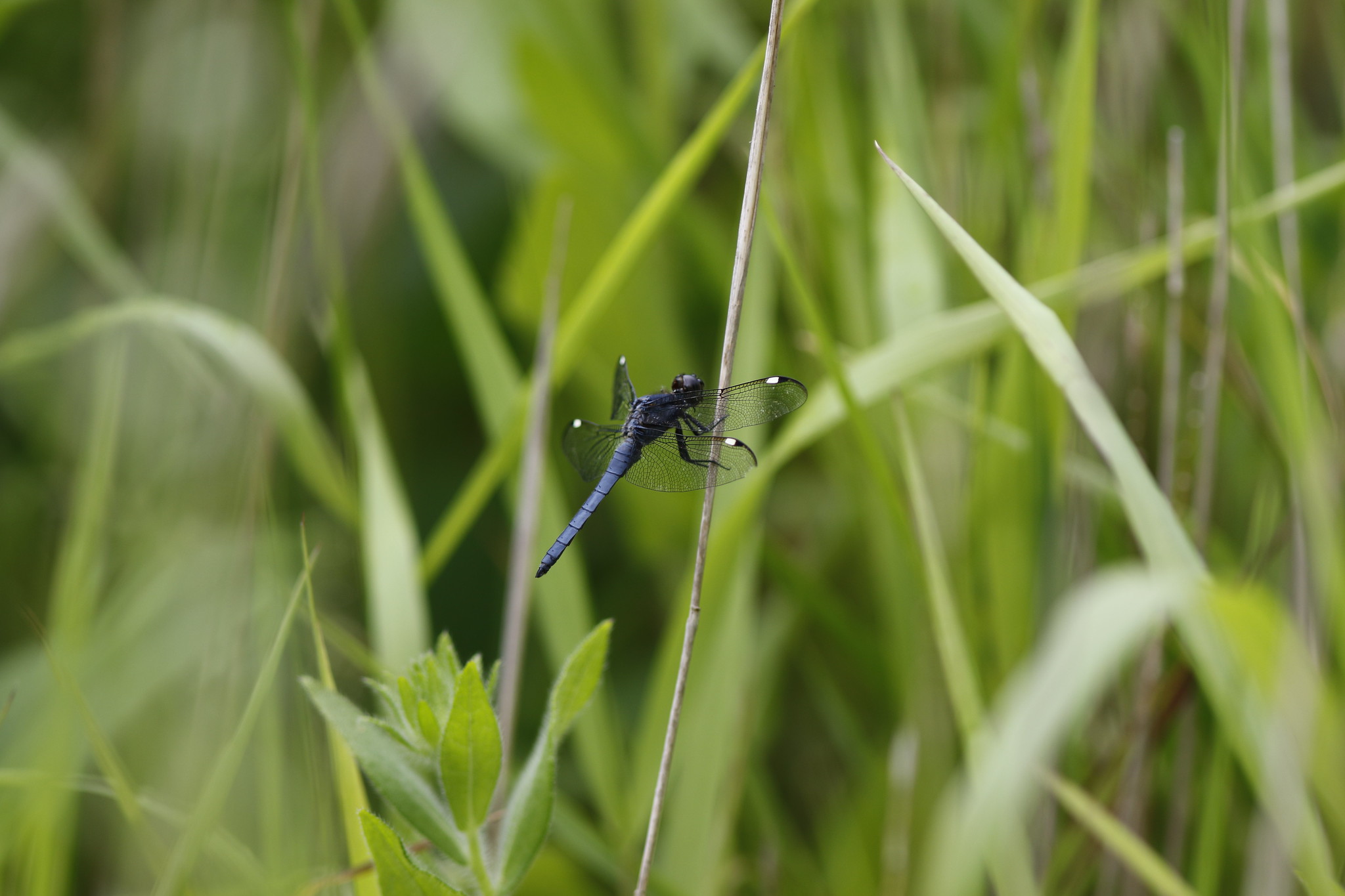
A spangled skimmer spotted by Dan Small, Natural Lands Project.
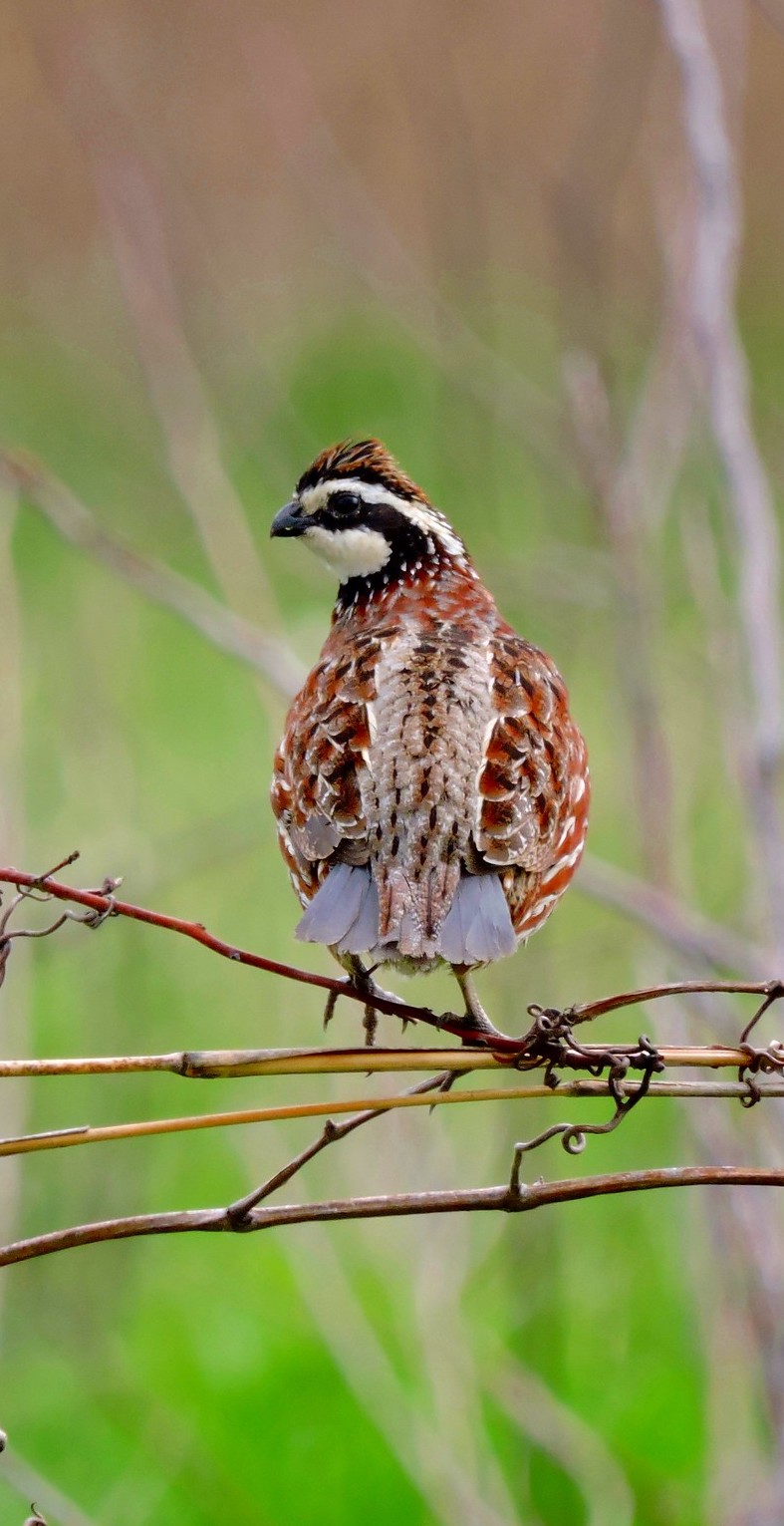
While cypress knees, swaying pines, and cattails may seem the most quintessentially “Eastern Shore,” the truth is, upland meadows and grasslands have been an equally critical habitat here for thousands of years. “It’s hard for us to picture,” explains Small, “just because everything now is so highly manipulated.” But centuries ago, controlled burns managed by Native Americans, fire started by lightning strikes, and forest clearing by European settlers, routinely resulted in open grasslands and low shrubs where trees once were. Delmarva bays dried into large swaths of ephemeral wetland and grassland in the summer. Beavers, once prolific throughout the Eastern Shore, dramatically engineered the peninsula’s ecosystems, damming streams into ponds which then transitioned into wet meadows. Many of the Eastern Shore’s most beloved flora and fauna—from bobwhite quail and butterflies to red-tailed hawks and box turtles—have grown to depend upon these grasslands, meadows, and shrub scrub for food, shelter, hunting advantages, breeding sites, and nesting grounds. Though the benefits are often taken for granted, humans have also come to depend upon open grasslands for clean water, carbon sequestration, ecosystem diversity, scenic views, hunting, and recreation. Grasslands also harbor hundreds of beneficial insect species that help local farms by eliminating pests and improving crop pollination.
Thanks to NLP, Maryland’s CREP program, and the combined work of many organizations, grasslands are being restored in the nooks, crannies, and buffers of working farmland throughout the Eastern Shore. And thanks to engaged landowners and the work of Eastern Shore Land Conservancy, many of these renewed grasslands are now protected forever. This means migrating bobolinks have a safe stopping ground where they can molt and develop strong feathers before traveling thousands of miles back to South America. Coveys of Northern bobwhite quail can bob and weave their way through clumps of warm-season grass, successfully overwintering in un-bushwhacked thickets. Fragile grassland bird species like grasshopper sparrows and meadowlarks are finding space to breed. Turkeys can nest. Turtles can munch. Fireflies can shimmer from loblolly to switchgrass to golden seas of wheat. And native pollinators, including Maryland’s 150 butterfly species and 430 species of native bees, are finally finding the grass and wildflower diversity they need in order to survive.
Below are nine ESLC easement properties that have embraced the majesty of meadows.
*Above images and video c/o Dan Small and the Natural Lands Project
*If you are a landowner or farmer interested in a conservation easement or the Natural Lands Project, please contact ESLC’s Conservation Specialist Larisa Prezioso at LPrezioso@eslc.org or NLP Coordinator Dan Small at dsmall2@washcoll.edu.
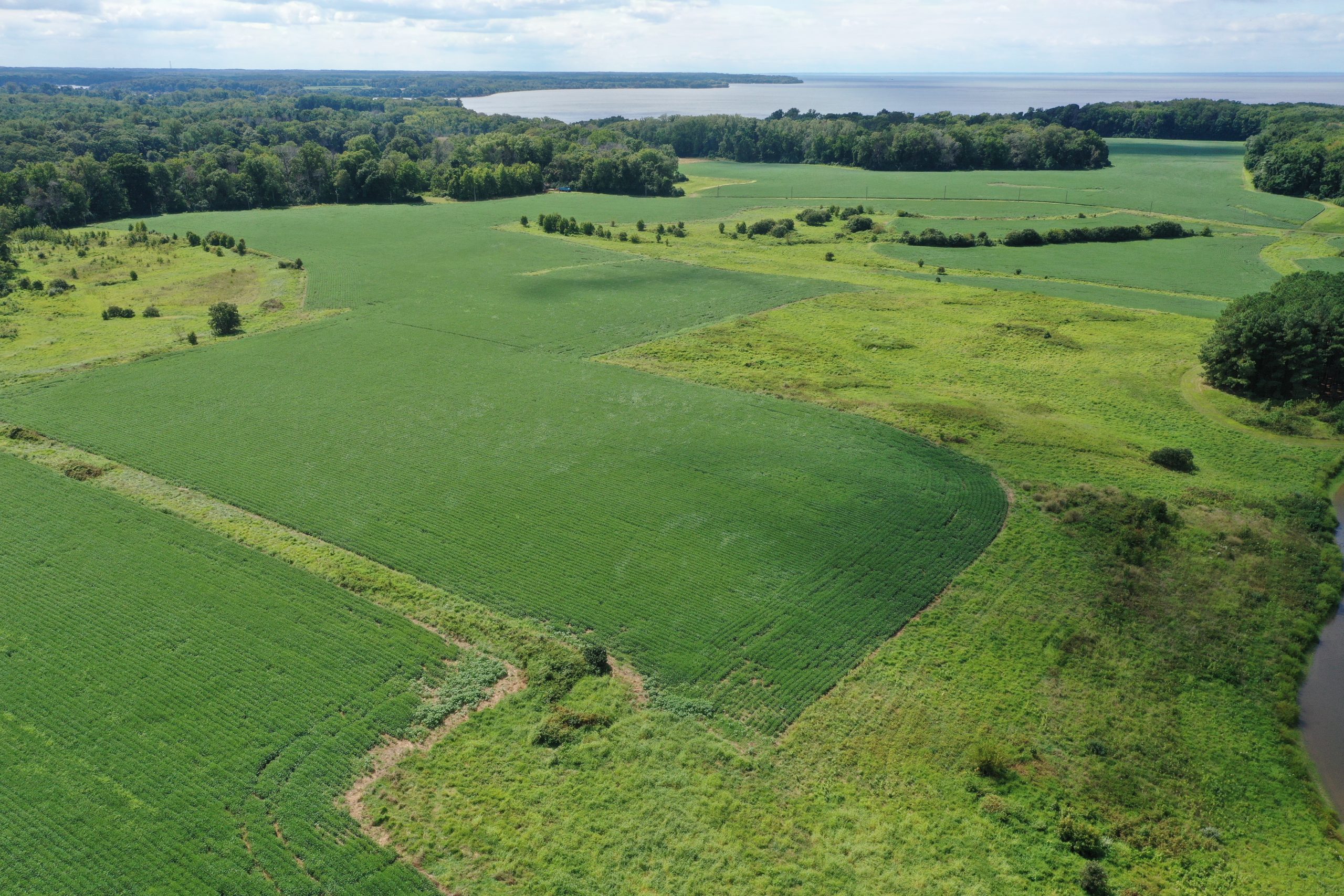
Andelot Farm | Kent County
Donated to ESLC and MET in 2009 by owner Louisa Duemling, the Andelot Farm conservation easement includes 1,087 acres of woodland habitat, 9 miles of waterfront, and over 1,600 acres of tillable ground. NLP has finished 60 acres of grassland plantings on the property, including several acres of wetland, all of it complementing the farm’s extensive existing habitat.
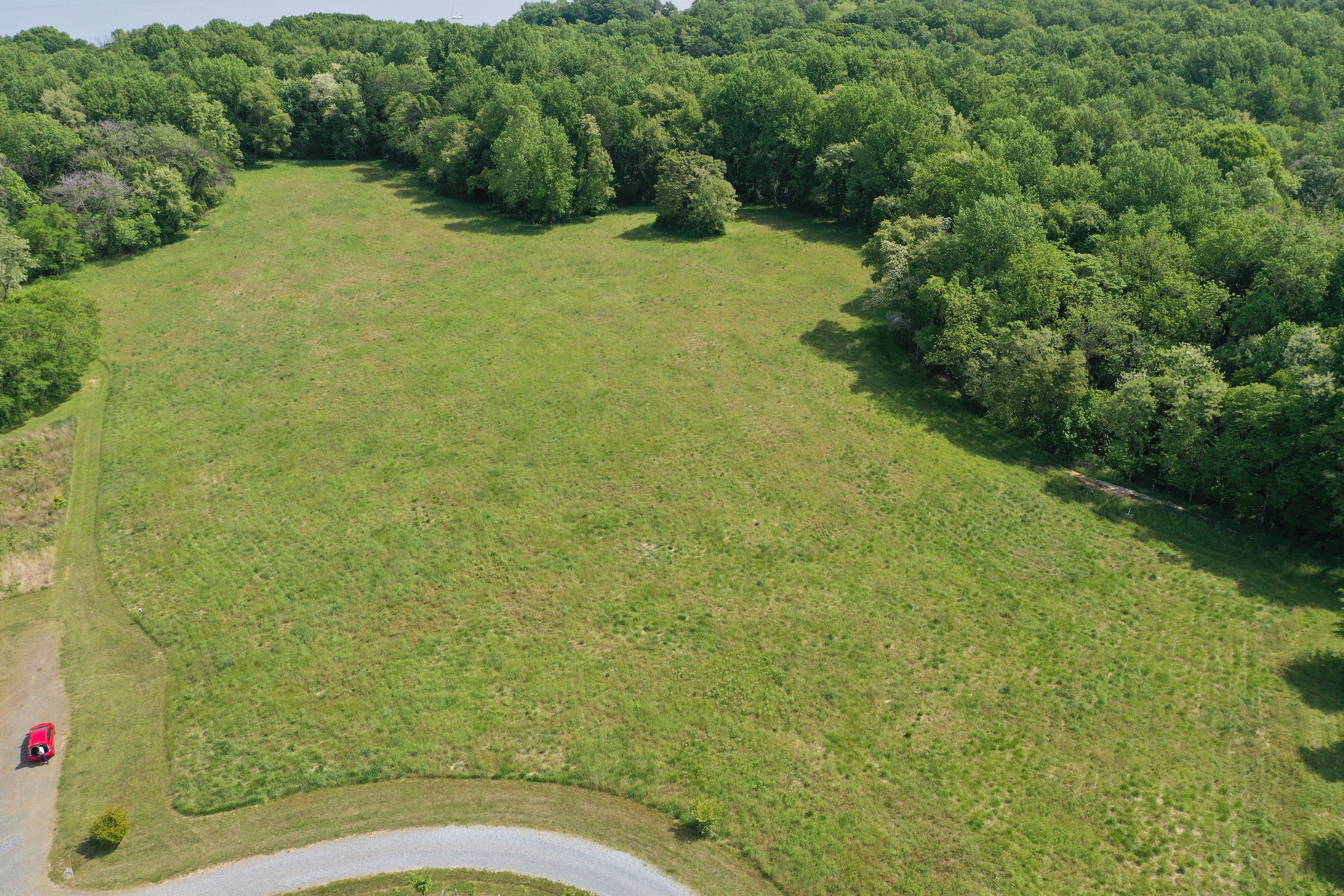
Leigh Farm | Kent County
Rob Leigh’s 114-acre farm was one of the first properties to connect with the Natural Lands Project, when 34 acres of early successional habitat were planted in 2016 and 2017. Leigh missed hearing the “bob-WHITE!” call he’d heard so often in his youth, and now the Northern bobwhite quail has returned to the farm’s welcoming meadows, along with a “kaleidoscope” of colorful wildflowers.
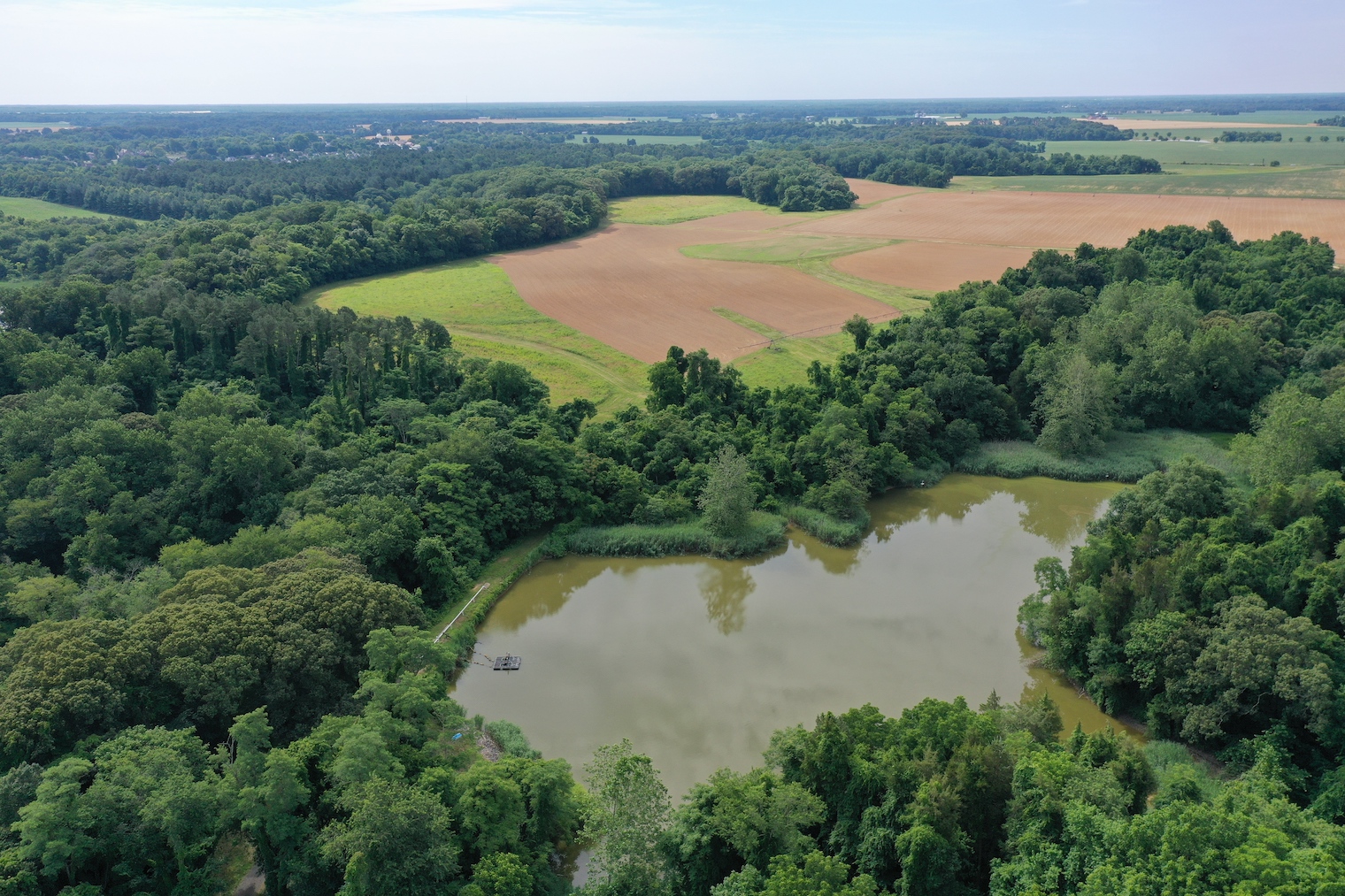
Oldfield Farm | Kent County
The Starkey Family permanently protected 678 acres with ESLC in 2017, including 10,000 feet along the Sassafras River, designating Oldfield Farm as a Keystone Eastern Shore Property (meaning it is a large, intact farm visible from the road, with waterfront property and wildlife habitats). The Natural Lands Project has added to the property’s already successful conservation practices, by replacing some smaller marginal fields with additional grassland habitat.
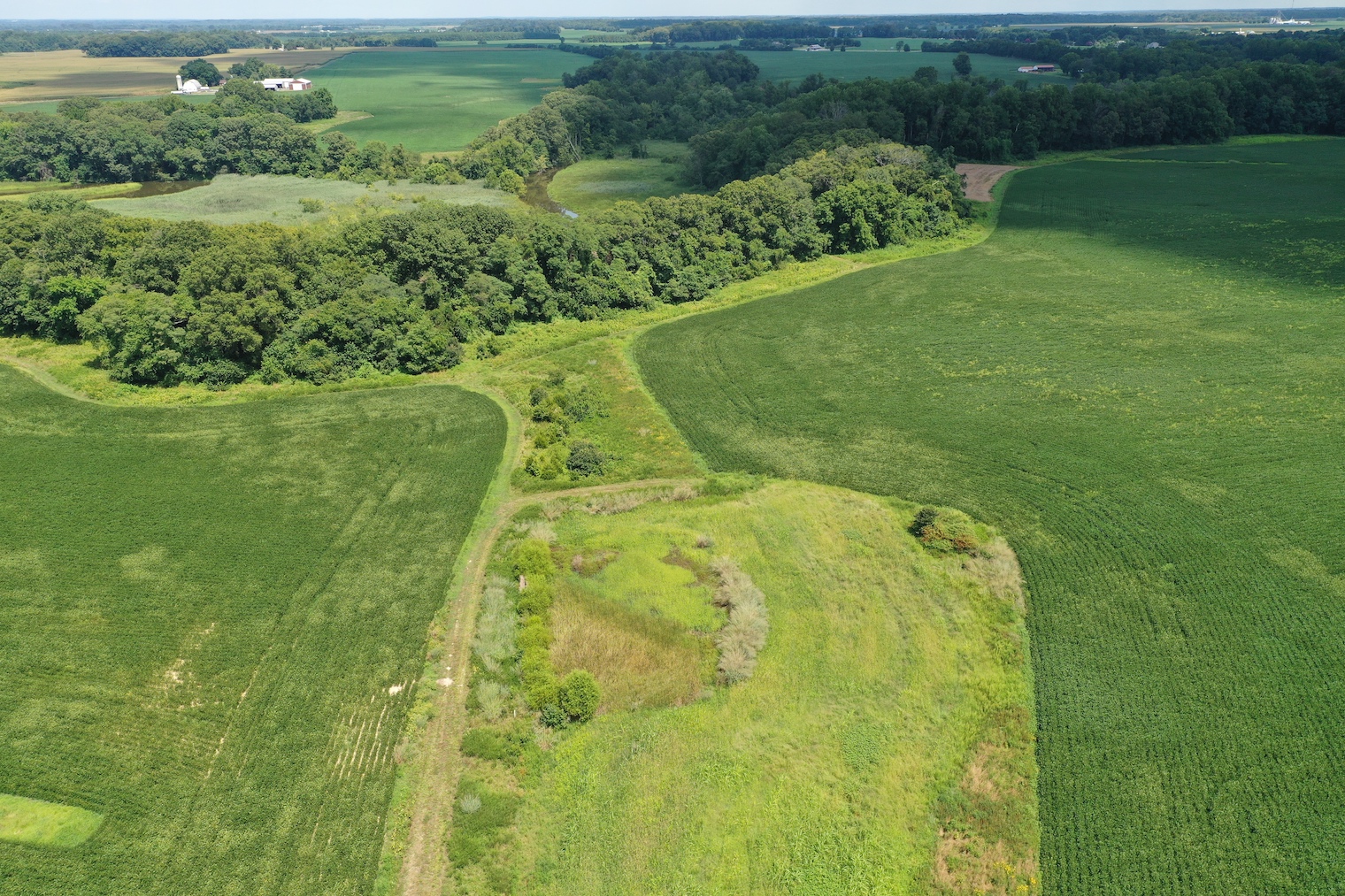
Brown’s Branch Farm | Queen Anne’s County
36 acres of wetlands, 43 acres of forest, and 134 acres of agricultural land, were protected on the Foster Family’s Brown’s Branch Farm by ESLC in 2010. The easement’s forested stream buffer protects the habitat of the endangered freshwater dwarf wedgemussel. NLP’s four-acre project on the property is now a happy habitat for Northern bobwhite quail.
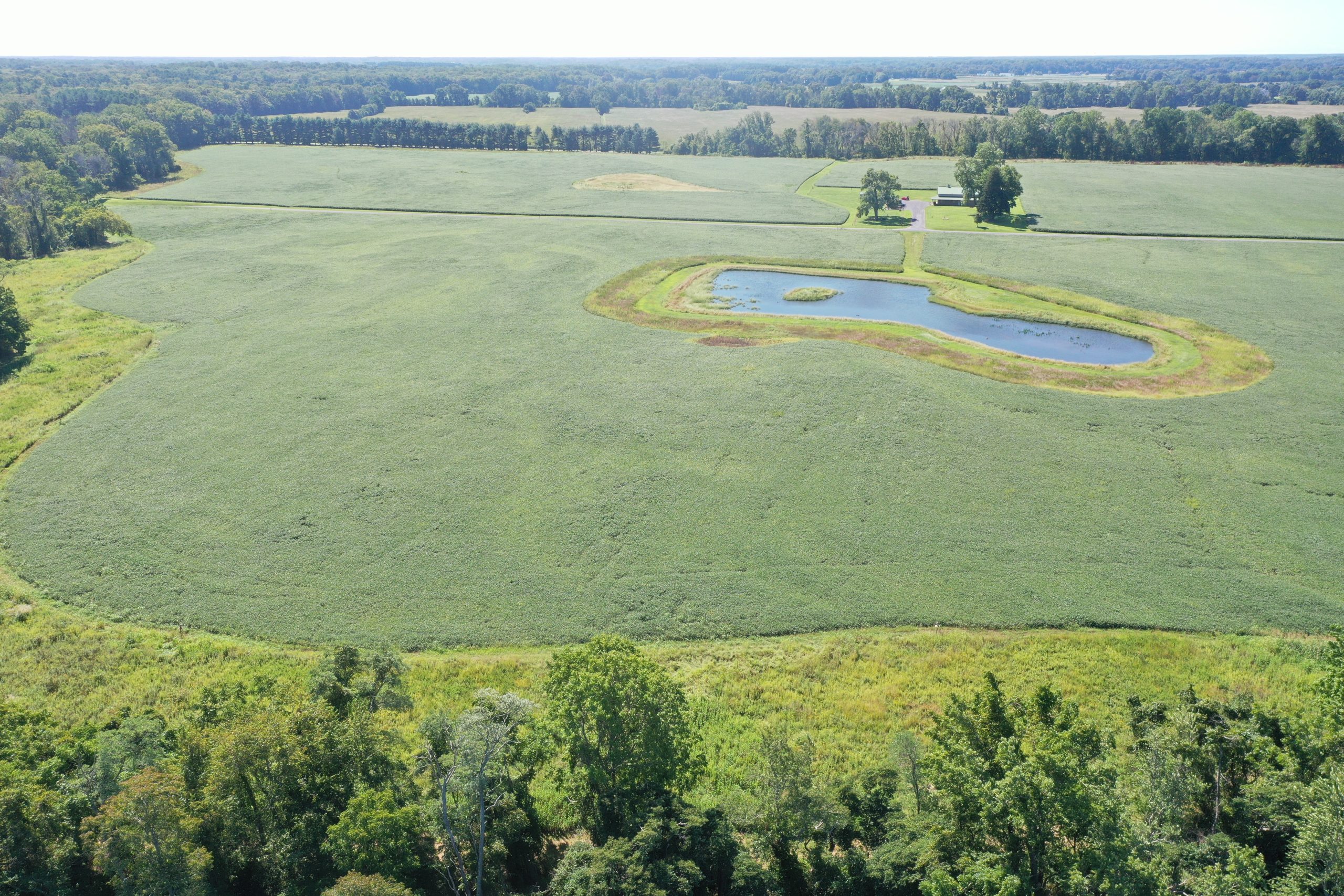
Stagwell Farm | Queen Anne’s County
NLP’s eight-acre habitat restoration at Stagwell Farm helped to connect pre-existing natural habitat on the property. Protected by ESLC for over 23 years, over 20 acres of Stagwell’s wildlife habitat is already actively managed with fire.
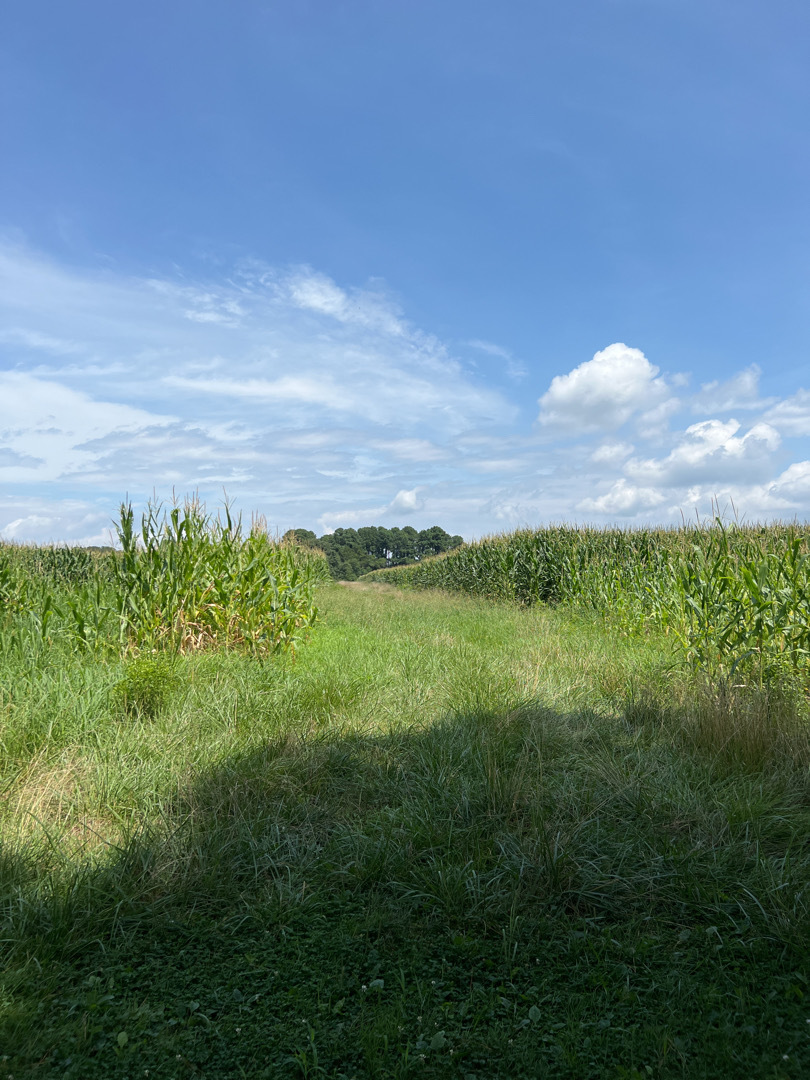
Langdon Farm | Talbot County
ESLC’s 150-acre easement on the historic Langdon Farm dates back to 1999. NLP manages 37 acres of grassland in the farm’s periphery fields, increasing wildlife habitat, and ensuring a buffer between agricultural land, Harris Creek, and the oyster sanctuary just downriver.
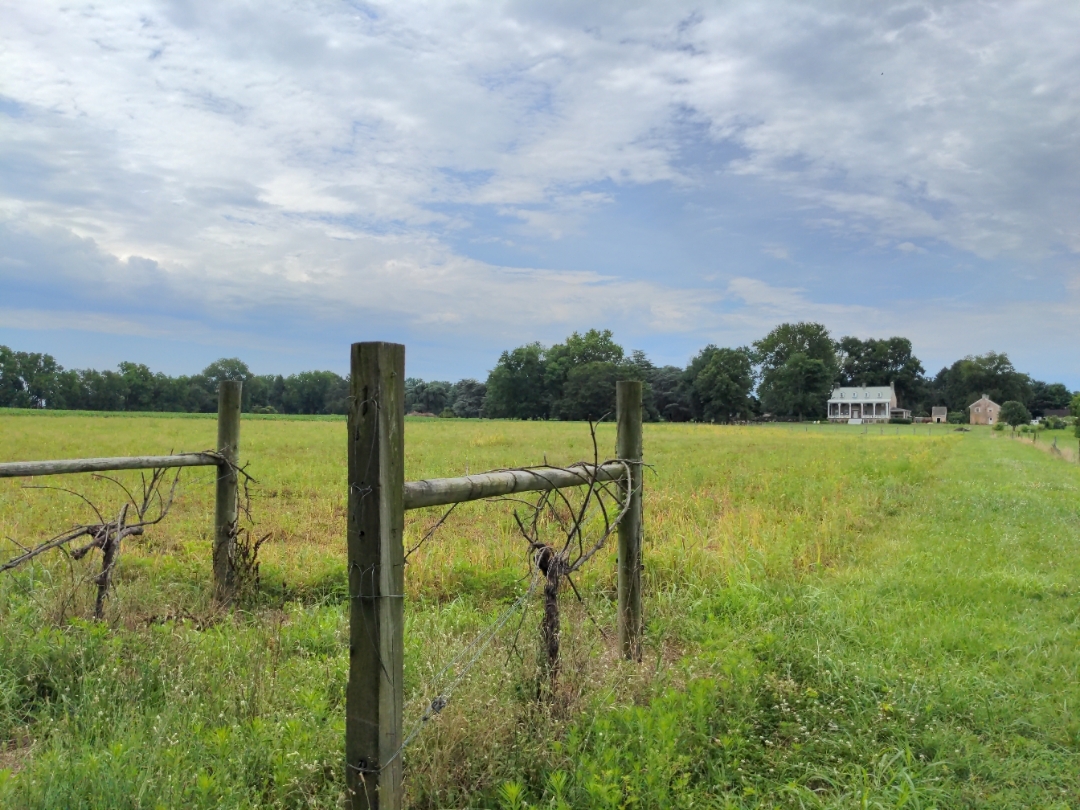
Piney Grove Estates | Kent County
Protected by ESLC for over thirty years, NLP has finished about 40 acres of wildlife habitat on the 18th century Piney Grove legacy estate, once a regional leader of working peach and pear orchards. The whole farm has pivoted around the new natural habitat and grasshopper sparrows have already settled in. “It’s going to be amazing,” says Dan Small. “The plants have responded really well and we’re going to see a lot of vegetation and wildflower color the first year which is unusual.”
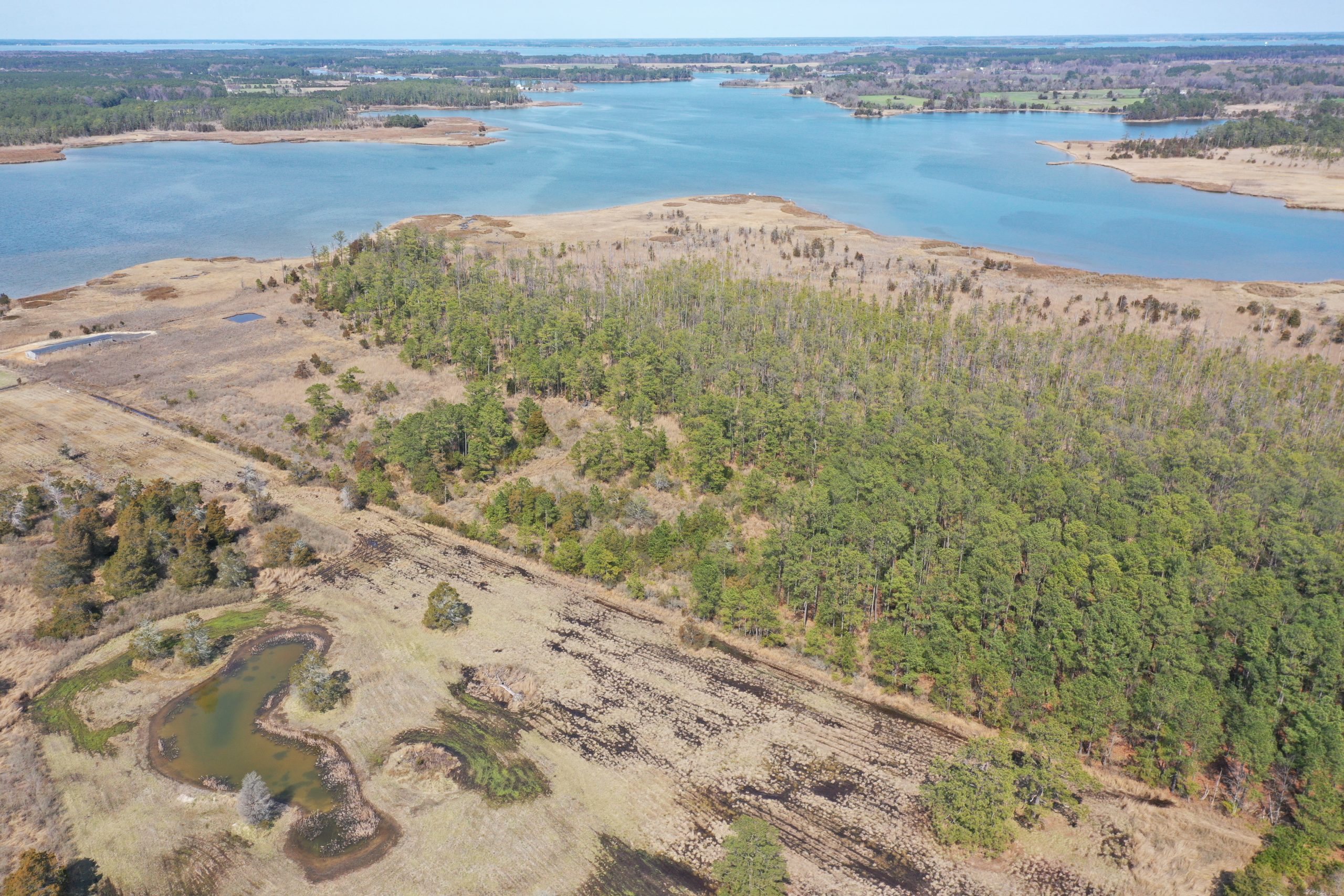
Rolling View Farm | Dorchester County
NLP planted 35 acres on the waterfront Chapman Farm just last year. Due to the pressures of saltwater intrusion, NLP is experimenting with a mix of native species that are more tolerant to water and saline conditions.






